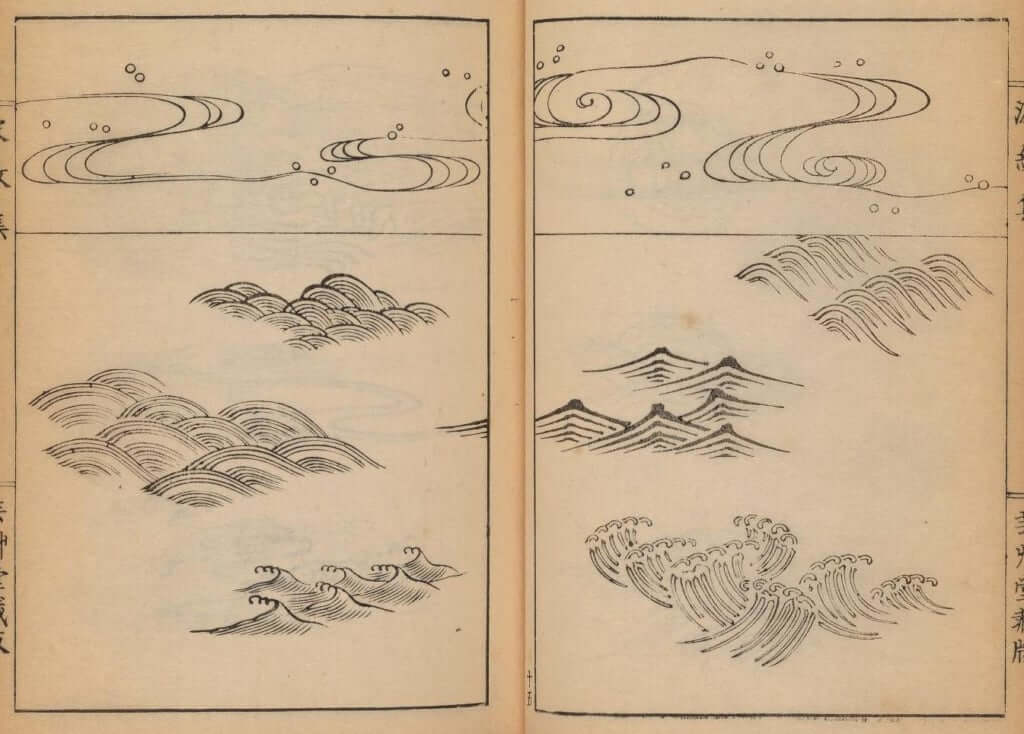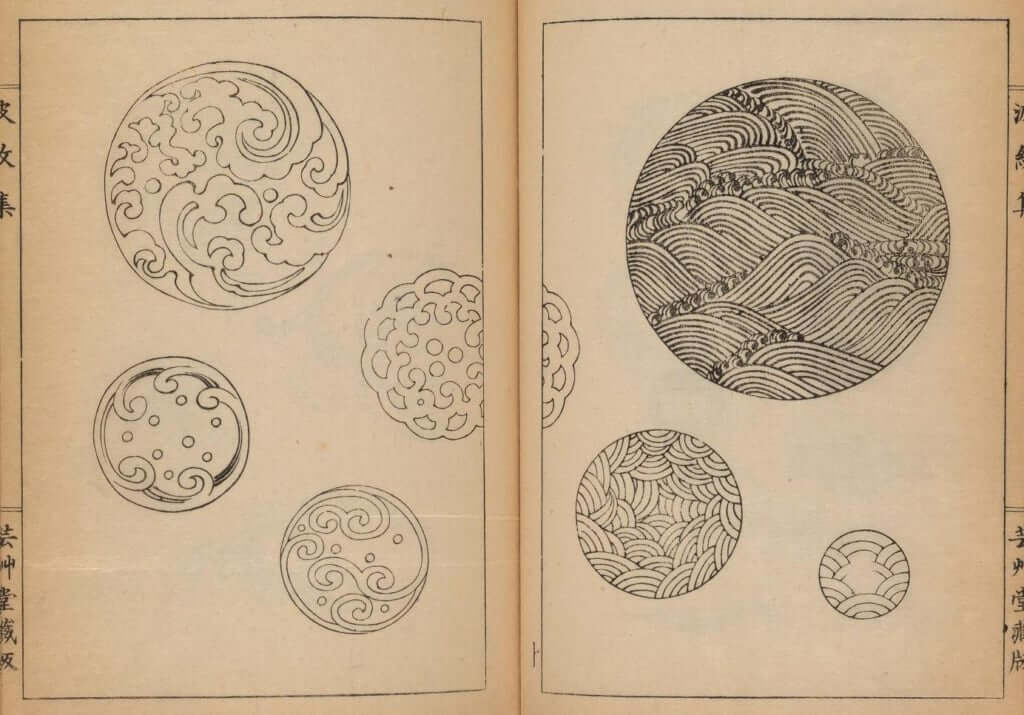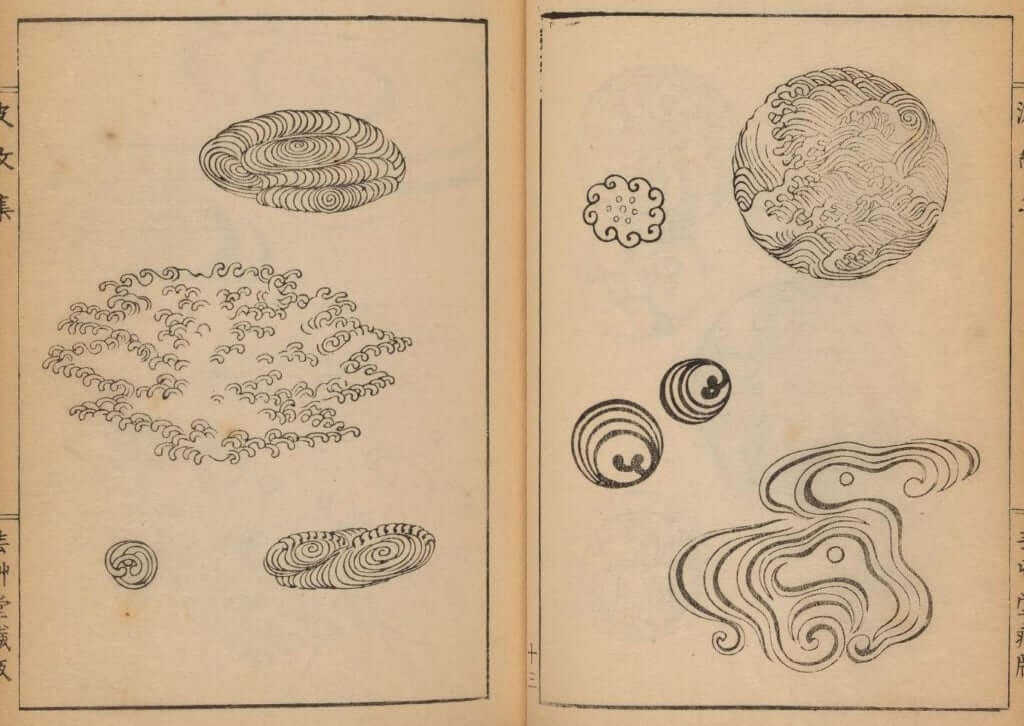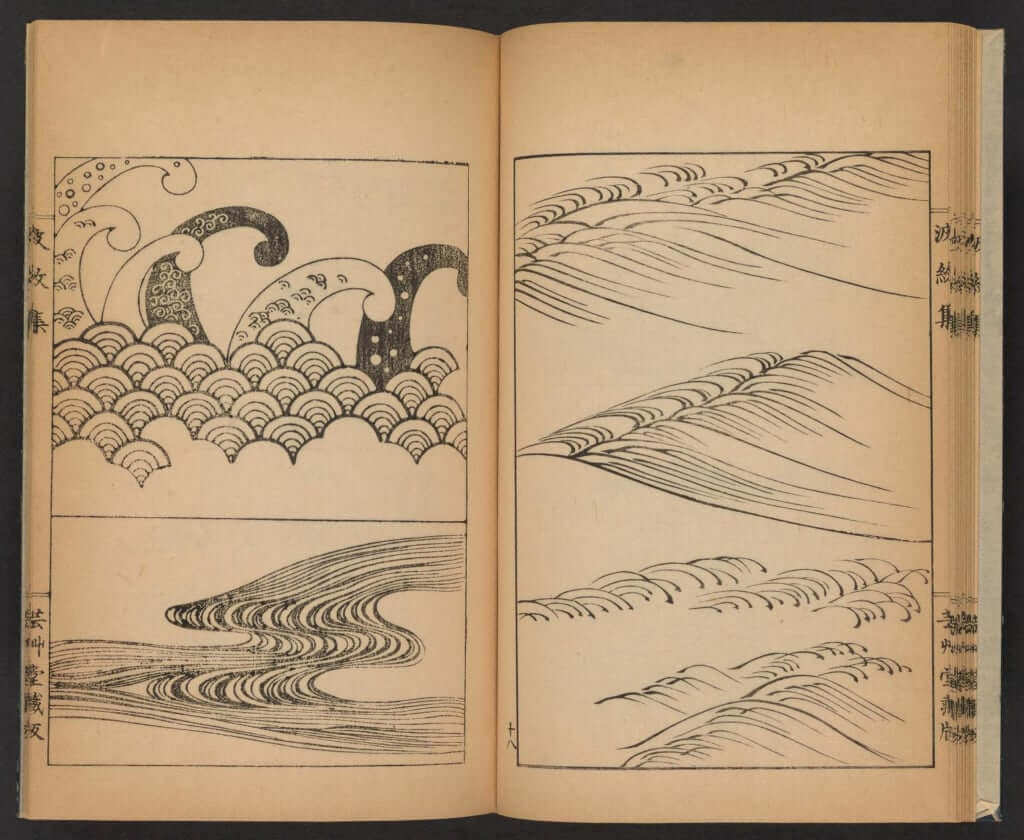Three Volumes of Traditional Wave Designs
Printed in the ‘Hamonshu’, these patterns were used to adorn swords, ceramics, and other decorative and religious objects.

In 1903, Mori Yuzan, a little-known Japanese artist from Kyoto, created a design work comprised of three volumes and entitled Hamonshu. It presents various traditional Japanese wave designs that could be used by local artisans to adorn swords, ceramics, and other decorative and religious objects.
Thanks to the Internet, the book is reliving its youth through a digital version that is now available on the Internet Archive website.




TRENDING
-
A House from the Taisho Era Reveals Its Secrets
While visiting an abandoned building, Hamish Campbell discovered photographs the owner had taken of the place in the 1920s.

-
The Taboo-Breaking Erotica of Toshio Saeki
The master of the 1970s Japanese avant-garde reimagined his most iconic artworks for a limited box set with silkscreen artist Fumie Taniyama.

-
With Meisa Fujishiro, Tokyo's Nudes Stand Tall
In the series 'Sketches of Tokyo', the photographer revisits the genre by bringing it face to face with the capital's architecture.

-
Masahisa Fukase's Family Portraits
In his series ‘Family’, the photographer compiles surprising photos in which he questions death, the inescapable.

-
Hajime Sorayama's Futuristic Eroticism
The illustrator is the pioneer for a form of hyperrealism that combines sensuality and technology and depicts sexualised robots.





